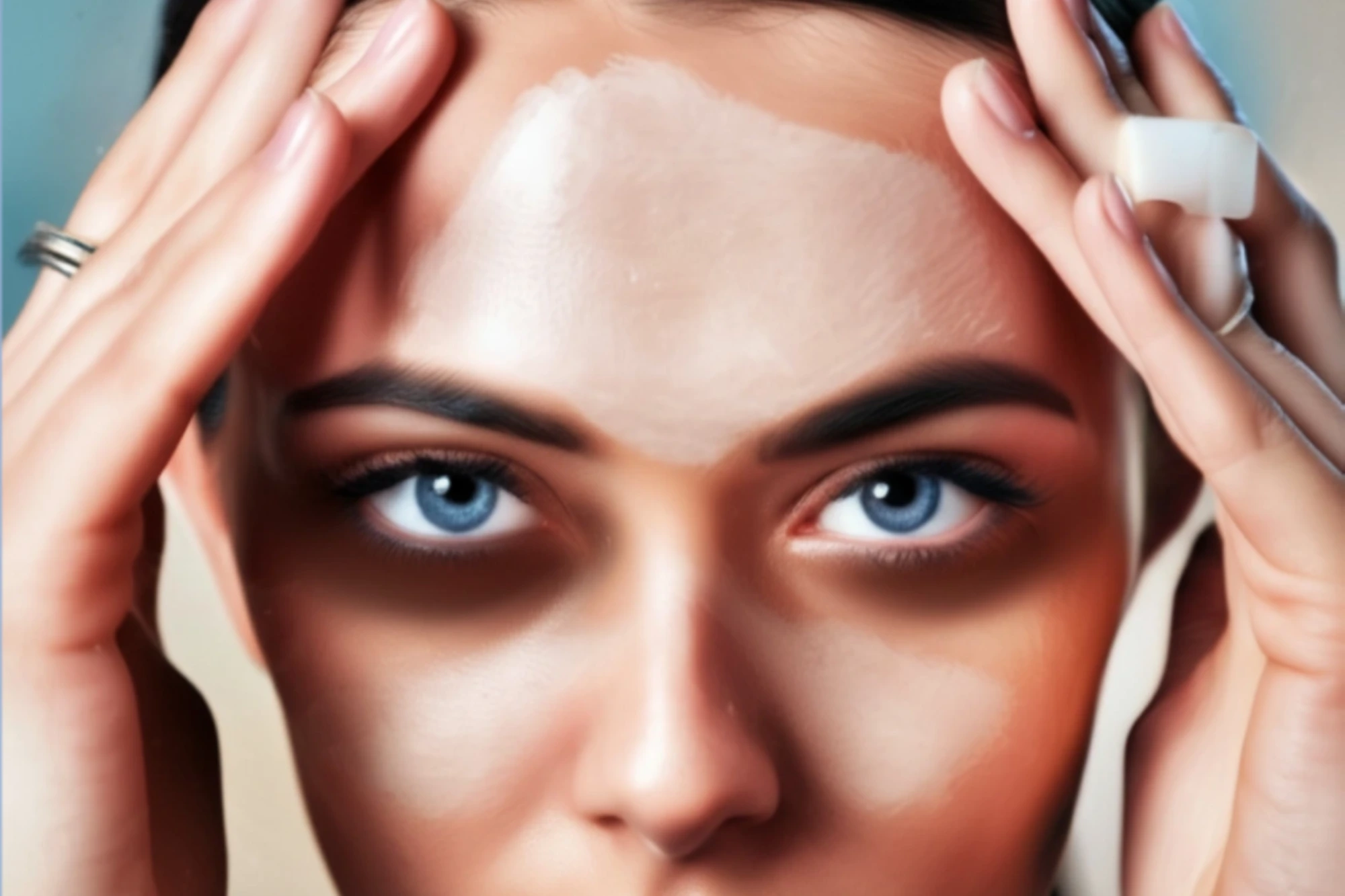Ah, dark circles. The universal badge of a long night, a stressful week, or maybe just… genetics. We see them everywhere, we read about quick fixes, cucumber slices, expensive creams promising miracles overnight. Familiar territory, right?
Truth is, the under-eye region tells different stories across different ethnicities. And for Indians, that story often involves hyperpigmentation that’s particularly resistant to standard treatments.
Why Indian Skin Develops Distinctive Dark Circles
The melanin factor—it’s both our blessing and our curse.
Indian skin contains abundant melanocytes that produce rich melanin, giving us that beautiful brown complexion that’s naturally protected against sun damage.
The flip side? This same melanin concentration also makes us significantly more prone to hyperpigmentation. Particularly around the delicate eye area. Think of melanin as an enthusiastic artist – sometimes, it gets a bit too enthusiastic in certain areas.
Several factors make dark circles uniquely challenging for Indian skin:
Under the eyes, this manifests in a few ways:
- Post-Inflammatory Hyperpigmentation (PIH): Rubbing your eyes due to allergies (so common!), irritation from makeup, or even minor Eczema flare-ups can trigger inflammation. In melanin-rich skin, the “healing” process often involves depositing extra pigment. Boom. Darker circles appear or worsen. It’s a response, a memory left behind in the skin.
- Genetics: For many, it’s simply genetic. The skin around the eyes is naturally darker, sometimes from childhood. It’s just how the pigment decided to settle. Location. Location. Location. The specific placement and density of melanocytes here matter. We dermatologists call “genetic periorbital melanosis.
- Thinner skin structure with Shadowing Effects (But Amplified): Okay, structure plays a role for everyone. The skin under the eyes is among the thinnest on the body. As we age, we lose fat and collagen here, creating hollows (the “tear trough”). Blood vessels underneath become more visible. In lighter skin, this might look bluish or purplish. In Indian skin, this shadowing effect often combines with the baseline melanin presence, making the area look even darker and more brownish or greyish. It’s a compound effect.
Imagine a slightly sunken area under the eye (the structure). Now, add a thin veil of naturally present pigment (genetics/melanin). Then, layer on extra pigment deposited due to rubbing or sun exposure (PIH). The result? Those stubborn circles that feel impossible to shift.
Sunlight: Not Always a Friend
That enthusiasm of our melanin? UV radiation kicks it into overdrive. Sun exposure without adequate protection is a major exacerbating factor for any hyperpigmentation, including under-eye circles in Indian skin. It darkens existing pigment and encourages the production of more.
So, How Do We Approach Treatment? It’s Nuance.
Forget the one-size-fits-all advice. Treating dark circles effectively in Indian skin requires a targeted, multi-pronged strategy, often guided by a dermatologist.
- The Foundation (Familiar, Yet Crucial):
- Sun Protection: Non-negotiable. Daily, broad-spectrum sunscreen (SPF 30+, PA+++ minimum), even indoors near windows. Physical blockers like zinc oxide or titanium dioxide can be gentler and less irritating. Reapply! Wear sunglasses. This is baseline defence.
- Gentle Handling: Stop rubbing your eyes! Treat allergies effectively (antihistamines might be needed). Use gentle makeup removers (micellar water or cleansing balms) and pat, don’t rub.
- Sleep & Hydration: Yes, they still matter. They support overall skin health and reduce puffiness which can worsen shadows.
- Targeted Topicals (The Variations): This is where specific knowledge of Indian skin is key.
- Pigment Inhibitors: Look for ingredients that gently discourage melanin production or transfer.
- Vitamin C: An antioxidant powerhouse, helps brighten and offers some UV protection. Choose stable formulations.
- Niacinamide: Anti-inflammatory, improves skin barrier, and can reduce pigment transfer. Generally well-tolerated.
- Kojic Acid, Arbutin, Licorice Extract: Natural ingredients that inhibit tyrosinase (a key enzyme in melanin production).
- Retinoids (Tretinoin, Adapalene, Retinol): The gold standard for many skin concerns, including pigmentation and collagen building. BUT – must be used with extreme caution in Indian skin. Start very slow (pea-sized amount, 2-3 times a week initially), buffer with moisturizer, and always pair with obsessive sun protection. Misuse can cause irritation, leading to more PIH. Professional guidance is highly recommended.
- Hydrators: Hyaluronic acid helps plump the thin under-eye skin, temporarily reducing the appearance of hollows.
- Pigment Inhibitors: Look for ingredients that gently discourage melanin production or transfer.
- Professional Procedures (Deeper Intervention): When topicals aren’t enough, we move here. Location. Location. Location. Pinpointing the primary cause (pigment vs. structure vs. both) dictates the best approach.
- Chemical Peels: Superficial peels using ingredients like glycolic acid, lactic acid, or mandelic acid can help lift surface pigmentation. Must be performed by an expert experienced with Indian skin to avoid burns or PIH.
- Laser Treatments: Q-switched Nd:YAG lasers are often preferred as they specifically target pigment with lower risk of collateral heat damage (which can worsen PIH). Multiple sessions are usually needed.
- Dermal Fillers: If significant hollowing (tear trough) is the main issue, hyaluronic acid fillers can restore volume, lifting the skin away from underlying vessels and dramatically reducing shadowing. This addresses the structural component.
- Microneedling: Can help improve skin texture and induce collagen, potentially helping slightly with mild pigmentation and skin thinning over time. Often combined with topical serums.
The Takeaway: Patience and Personalization
Treating dark circles in Indian skin isn’t a sprint; it’s a marathon. It demands understanding the unique interplay of melanin, genetics, structure, and lifestyle. Quick fixes rarely deliver lasting results, and aggressive treatments without expertise can backfire spectacularly.
Those circles under your eyes? They’re part of your story, maybe influenced by genetics, maybe by allergies, maybe just the way your melanin expresses itself. But they don’t have to be the defining feature. With the right knowledge, consistent protection, and sometimes, professional help tailored specifically for you, navigating this common concern becomes much clearer.
It’s about understanding the why before jumping to the how. And that, right there, is the key. Now, about that sunscreen… have you reapplied today?


Leave a Reply